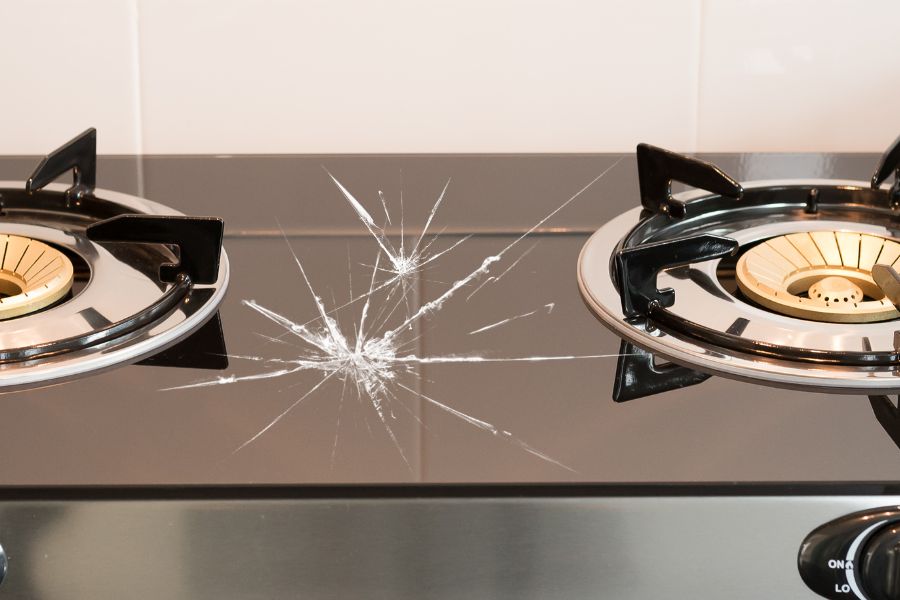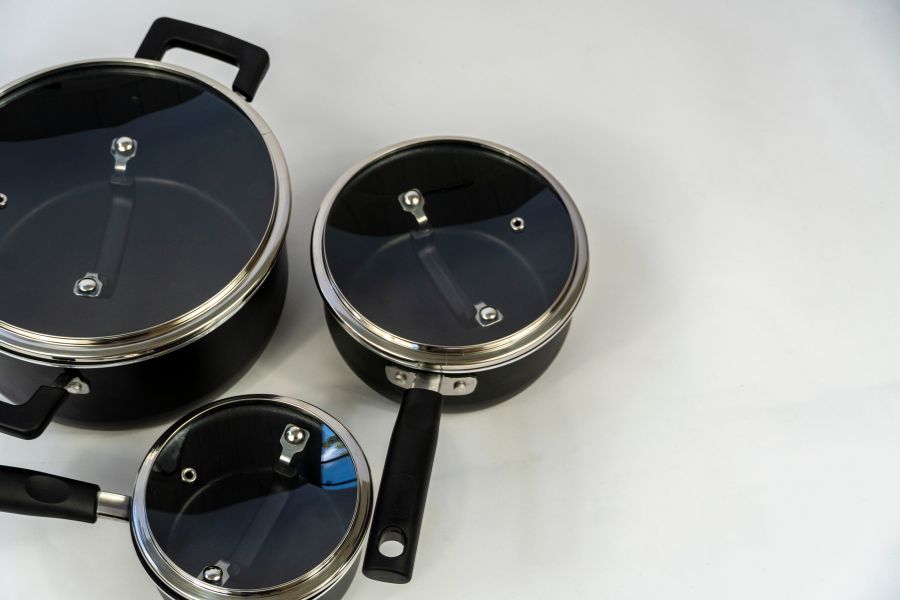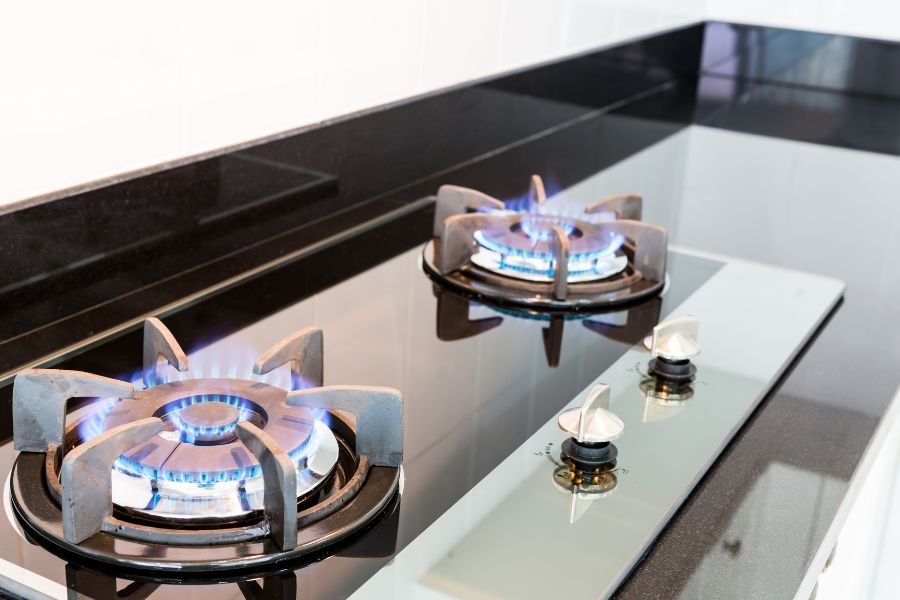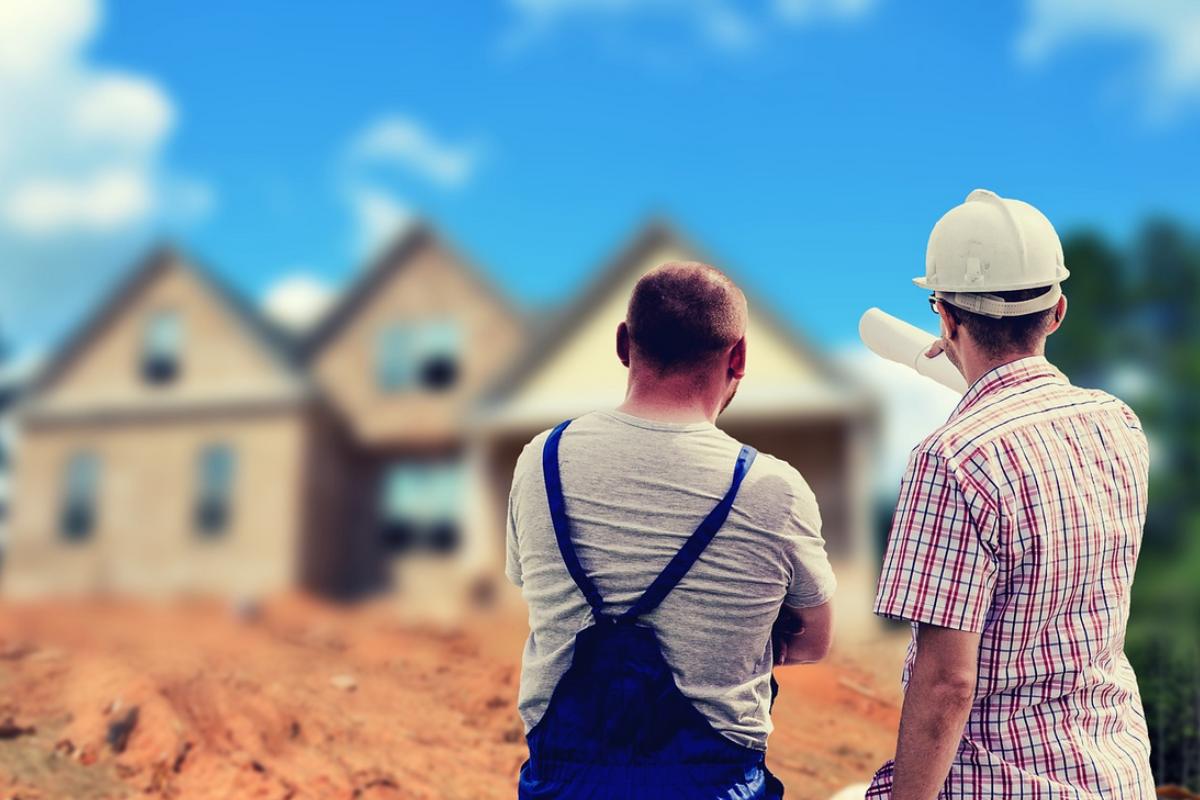Glass-top gas stoves are an increasingly popular choice for modern kitchens. These stoves feature a smooth glass surface that sits atop the gas burners. They offer a sleek, stylish design that is easy to clean and maintain. The glass top adds to the aesthetics and makes the stove safer, providing a barrier between the flame and the user.
The glass top makes it easy to monitor the cooking process, keeping an eye on the temperature and progress of your dish. Whether you are a professional chef or a home cook, a glass-top gas stove can be a great addition to your kitchen, providing a high-performance cooking experience.
Glass tops gas stoves are becoming increasingly popular in modern kitchens due to their sleek design and easy maintenance. However, there are problems with glass-top gas stoves despite their many benefits. But you may wonder why does my gas stove glass top break? The potential for glass tops to break may be due to various factors, such as the use of heavy pots and pans, accidental impacts, or thermal shock.
Glass-top gas stove users need to be aware of the potential for their stove’s glass top to break and take appropriate precautions to prevent or minimize the risks.
What Causes a Glass Top Stove to Crack?

When a glass top breaks, it can cause many issues, such as gas leaks, fire hazards, and costly repairs or replacements.
Let us discuss the most common causes of broken glass top stoves and how to prevent them from happening.
Extreme Heat
One of the most common causes of glass top breakage on gas stoves is extreme heat. Glass is a thermal insulator, which means that it does not conduct heat as well as metal.
When a glass top is exposed to extreme heat, it can cause the glass to expand, which can lead to cracks or breaks.
To prevent this from happening, it is important to use the proper cookware when cooking on a glass-top gas stove. Use pots and pans with flat bottoms and materials that conduct heat well, such as stainless steel or cast iron.
Impact of Heavy Kitchenware

Another common cause of stove glass breaking is the impact of heavy kitchenware. Dropping a heavy pot or pan on a glass top can cause the glass to crack or break.
It is important to use caution when handling heavy kitchenware to prevent this from happening. Do not place heavy pots or pans on the stove when it is not in use, and use oven mitts or pot holders when lifting them.
Inadequate Quality of Glass
The inadequate quality of glass is another common cause of glass top breakage on gas stoves. Not all glass is created equal; some types are more prone to breaking than others.
To ensure that your glass top gas stove is made of high-quality glass, it is important to purchase it from a reputable manufacturer. Do research, read reviews, and compare prices before making a purchase.
Manufacturing Defects
Manufacturing defects can also lead to broken glass top stoves. Even if a glass top is made of high quality and installed properly, a defect in the manufacturing process can cause it to break.
To prevent this, it is important to purchase your glass-top gas stove from a reputable manufacturer and have it installed by a professional.
How to Prevent Glass Top Breakage on Gas Stoves

Glass-top gas stoves are popular with many homeowners due to their sleek and modern design.
However, glass tops can be prone to breaking despite their many benefits. When a glass top breaks, it can cause several issues, such as gas leaks, fire hazards, and the need for costly repairs or replacements. There are several ways to prevent glass top breakage on gas stoves.
- Avoid Storing Heavy Objects above the Stove: This is one of the causes a top glass stove to crack. It is important to avoid storing heavy objects above the stove, such as heavy pots, pans, or kitchen appliances. This will help to prevent accidental damage to the glass top.
- Handle Utensils Correctly and Tightly: Another common cause of broken glass top stoves is the improper handling of utensils. When handling pots and pans, it is important to grip them tightly and avoid sliding them across the glass top. This will help to prevent accidental damage to the glass.
- Using a Cutting Board when Preparing Food: It is important to use a cutting board when preparing food on a glass-top stove. This will help to prevent accidental damage to the glass top from knives or other sharp utensils.
- Avoiding Rapid Temperature Changes: Thermal shock is another common cause of broken glass top stoves. This occurs when a glass top is exposed to rapid temperature changes. It is important to avoid exposing the glass top to rapid temperature changes to prevent this from happening, such as placing a cold pot or pan on a hot stove.
- Regularly Inspecting the Stove for Defects: It is also important to regularly inspect the stove for defects. This includes checking for cracks or breaks in the glass top and ensuring that the stove is properly installed and in good working condition. If you notice any defects, getting them repaired on time is important.
What to Do if the Glass Top on Your Gas Stove Breaks?
It is important to remember that even if you take all the precautions, the glass top may still break. Make sure you know what to do in case of such an event.
- Shut off the Gas Supply: The first thing you should do if the glass top on your gas stove breaks is to shut off the gas supply. This will help to prevent any potential gas leaks or fire hazards.
- Remove Any Debris or Sharp Objects: Remove any debris or sharp objects from the area around the broken glass top. This will help to prevent any accidents or injuries.
- Contact the Manufacturer or a Qualified Repair Person: After clearing the area, you should contact the manufacturer of your gas stove or a qualified repair person. They will be able to advise you on the best course of action and provide you with a repair or replacement for your glass top.
How to Repair a Crack in A Glass Top Stove?
To repair a glass top stove crack, you need to replace the entire glass surface. If the damage is minor, you may be able to fix it with a baking soda paste. However, replacing the glass is the best solution for cracks or deep scratches.
You will need a screwdriver, a vacuum with a hose, and replacement glass. Unplug the cooktop, remove the screws, lift the cooktop, clean the stove, and install the new glass. You can watch a video for a step-by-step guide on how to replace a ceramic glass cooktop.
More Gas Stove Maintenance and Care Guides:
- Gas stove grates too high.
- Can you paint gas stove grates?
- Can you put gas stove grates in the dishwasher?
- How to season cast iron grates on a gas stove.
- How Much Does a Stove Weigh
- How Hot Does a Stove Top Get
- Do Electric Stoves Use Gas?
- Can I Use Induction Pan on Gas Stove
- Do Home Buyers Prefer Gas Or Electric Stoves?
- Do Gas Stoves Have Pilot Lights?
- What is Auto Ignition Gas Stove?
- Can You Put Gas Stove Grates in Dishwasher?
- How To Clean Electric Stove Coil Tops?
- Do Gas Stoves Need to Be Vented
- Are Natural Gas and Propane Interchangeable
- Griddle for Glass Top Stove
Bottom Line
When it comes to gas stoves, those with glass tops can be an attractive and practical addition to any kitchen. However, it is important to be mindful of the possibility of gas stove glass broken and take preventative measures to avoid it. Taking the proper precautions ensures that your glass-top gas stove lasts for years.
Using proper cookware, handling heavy kitchenware carefully, purchasing high-quality glass, avoiding rapid temperature changes, inspecting the stove for defects, and knowing what to do in an emergency can ensure that your glass-top gas stove lasts many years.
It is also important to contact the manufacturer or a qualified repair person if the glass top on your gas stove breaks. Remember to take the necessary precautions and stay safe using your gas stove!






